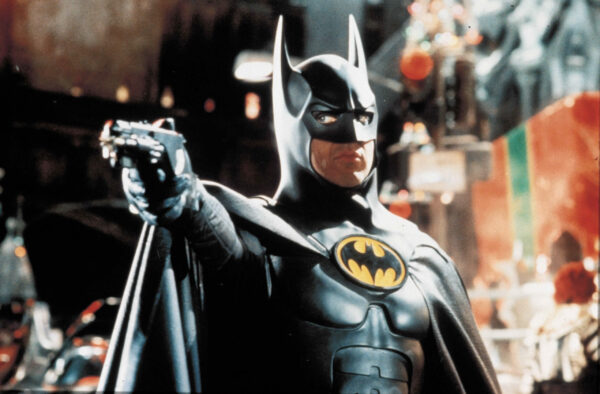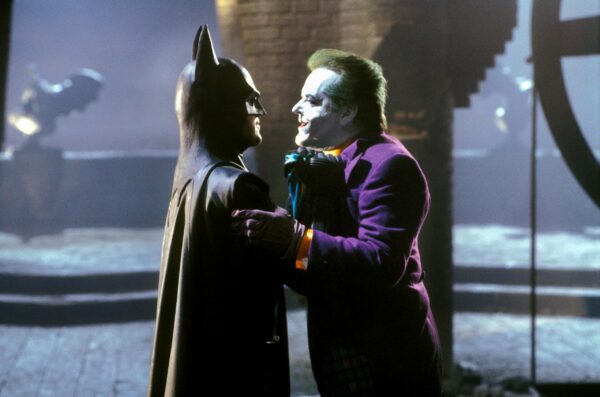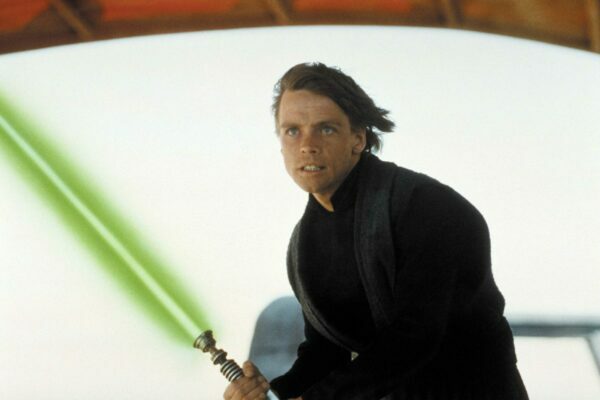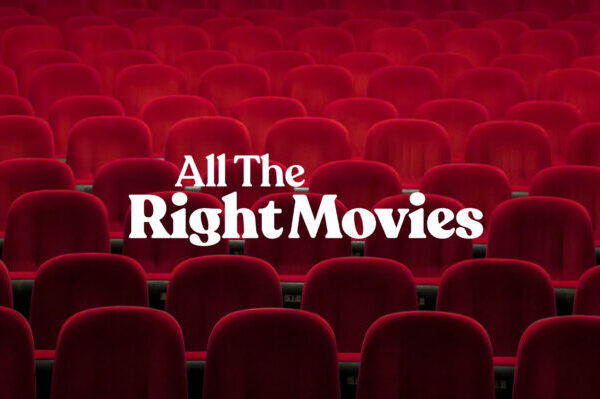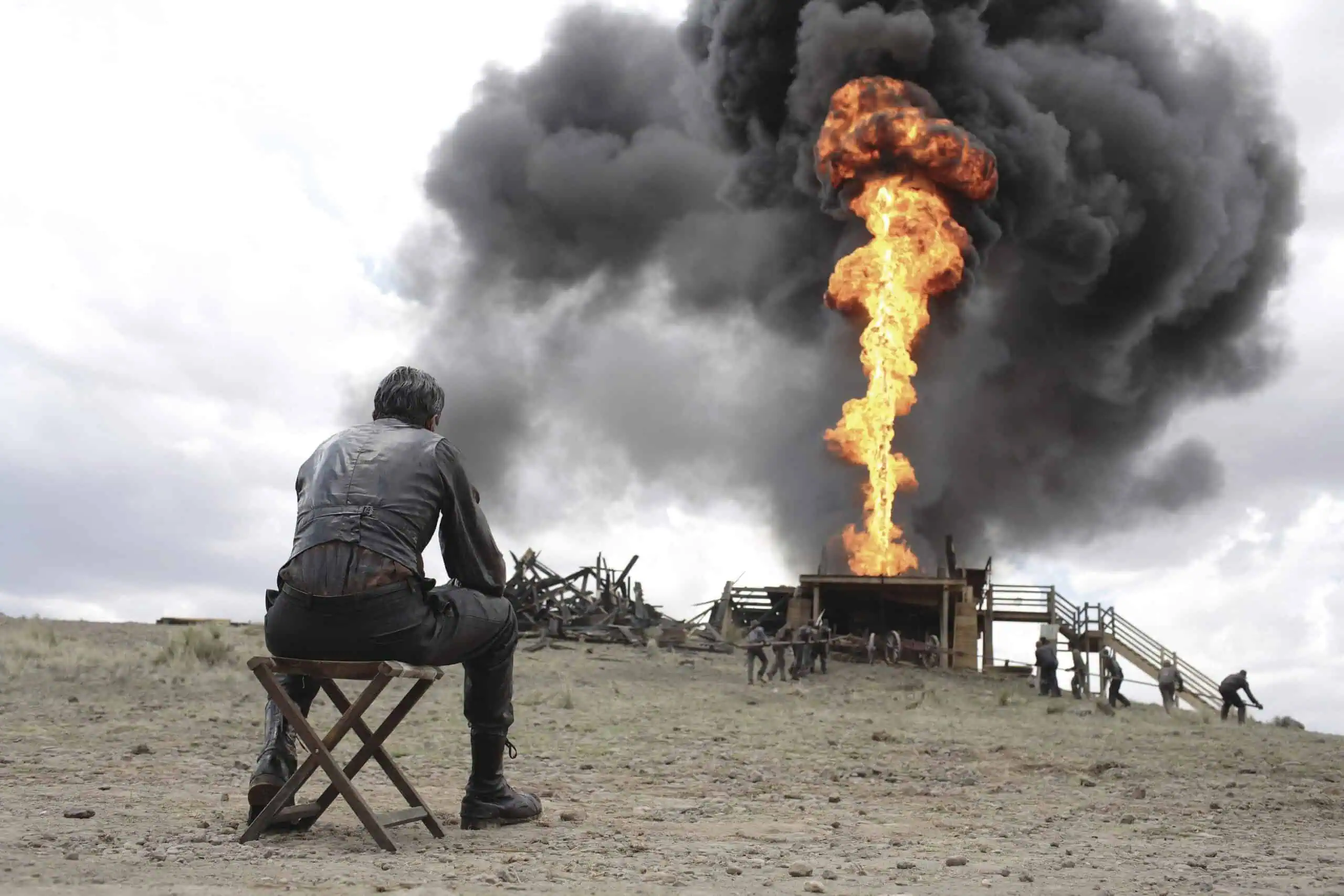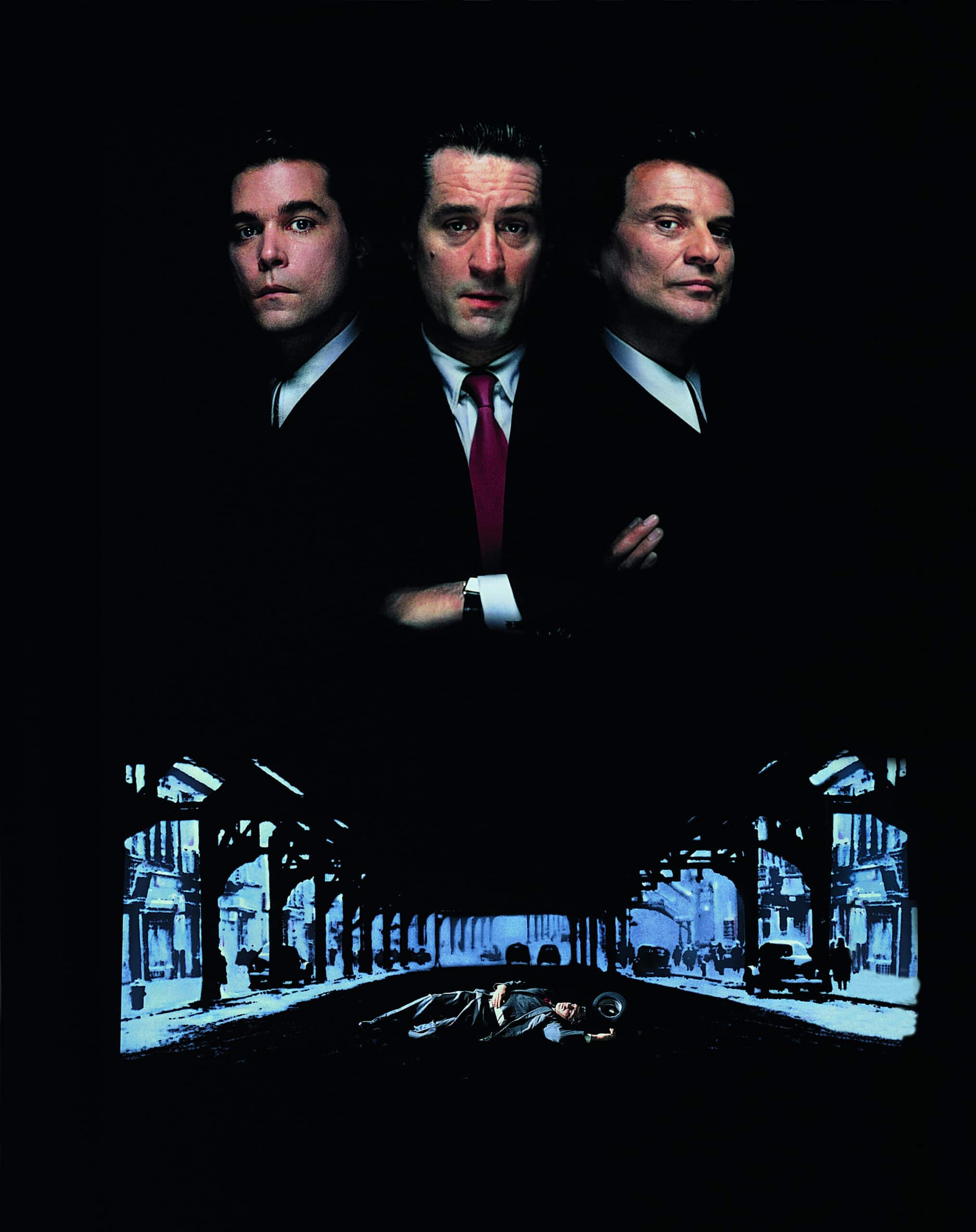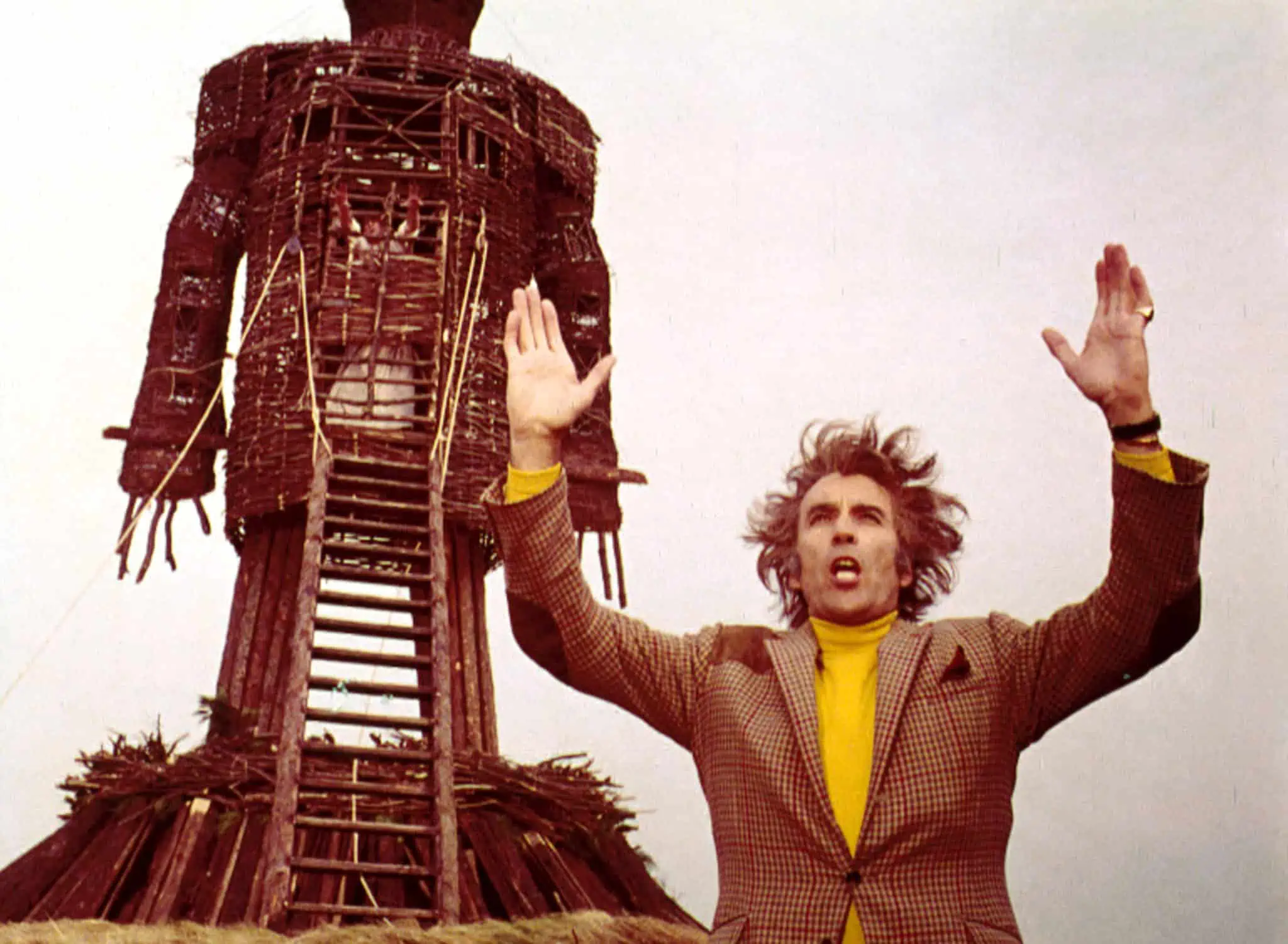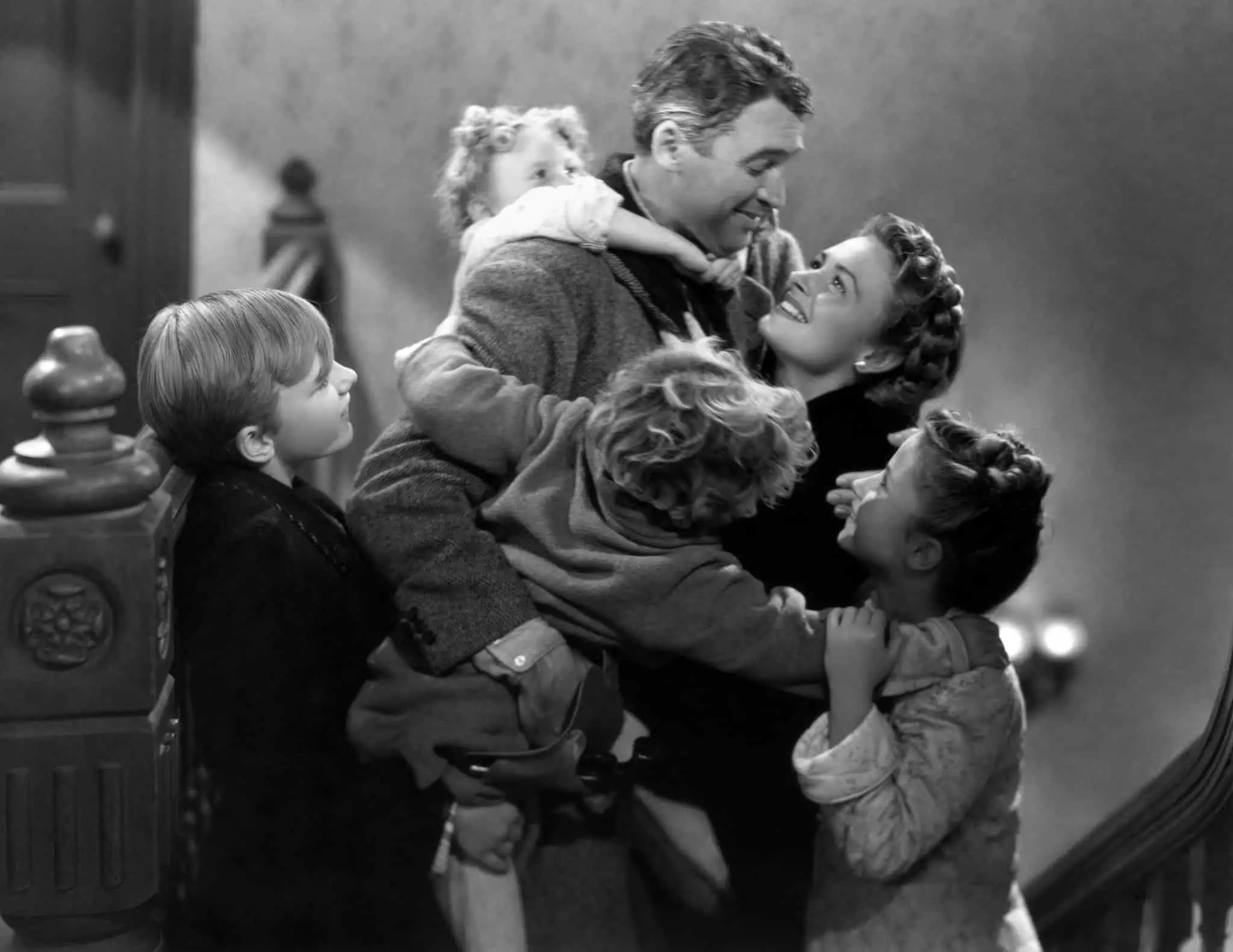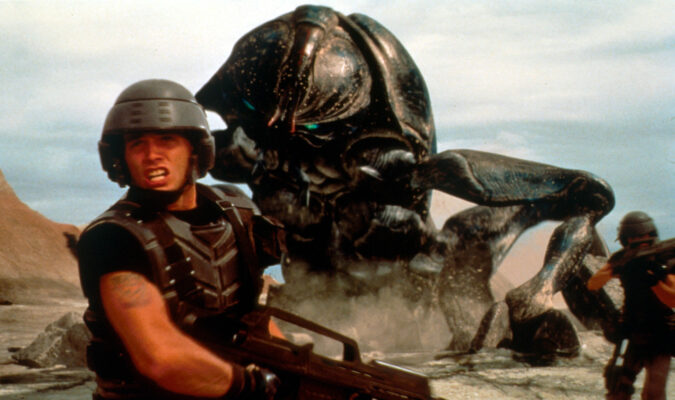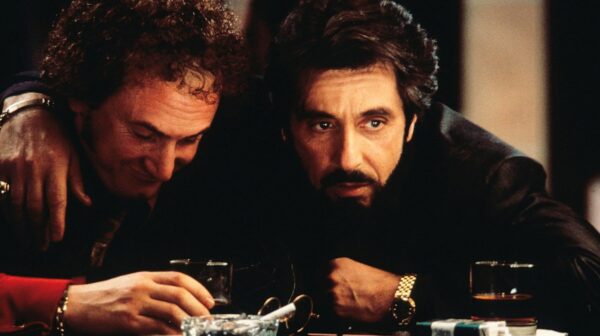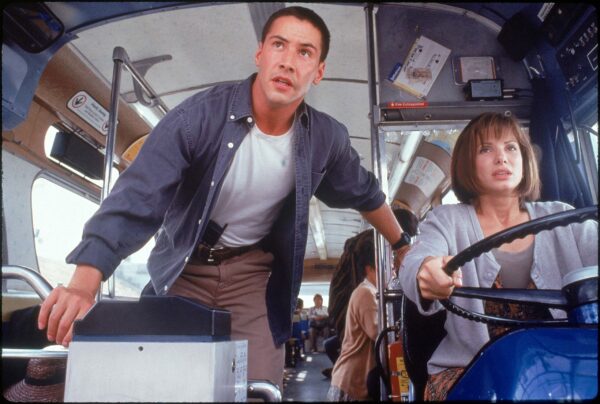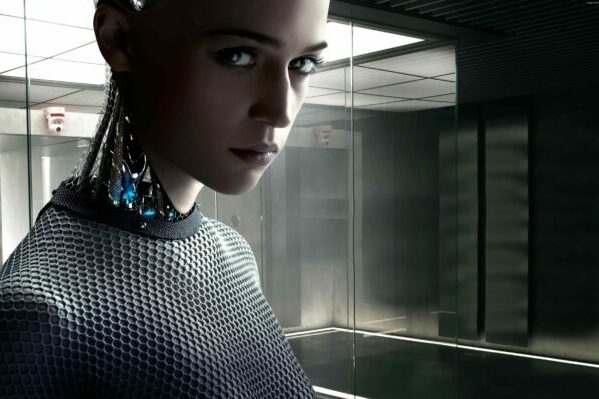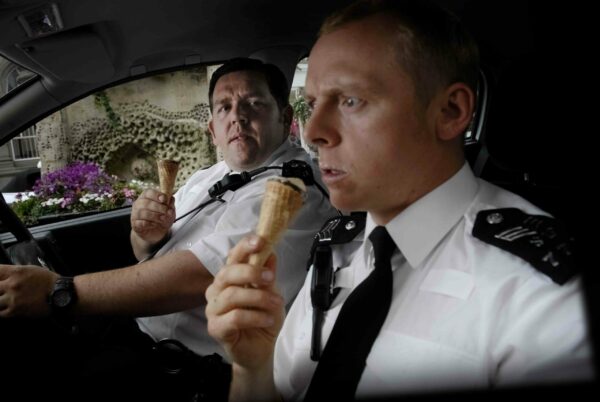
The superhero movie has dominated blockbuster cinema for over a decade, and the male lead has dominated the genre. Things are changing though, and more female-led superhero films are being announced more often. Katie Baker looks at the rise of the superwoman, and what it could mean for the genre.
Less than five years ago, the current climate of female-led superhero films would have been completely unheard of, with upcoming blockbusters from the two comic book giants- Marvel and DC. Unless, of course, you’re referring to the commercial and critical failure of Marvel’s Electrka in 2005, a spin off of Daredevil (2003) which lead actress Jennifer Garner reportedly did not want to do, but was obliged to under her pre-existing contract. Or maybe DC’s Catwoman (2004) starring Halle Berry, which won several Golden Raspberry awards for Worst Picture, Worst Actress, Worst Director and Worst Screenplay, both films existing outside of the current canon of the Marvel or DC cinematic universes. Because of the complete lack of variety, the almost universally-panned Catwoman maintained its title of being the highest grossing female-led superhero films from its release until 2017. The superhero genre has not been a positive landscape for women to say the least – but it seems tides are changing, ever so gradually.
After multiple on-screen incarnations and reboots for the other members of DC’s ‘Big Three’ – Batman and Superman – Wonder Woman was finally released in 2017, ushering in the new era for female superheros. The film, directed by Patty Jenkins, was highly successful at the box office and became the fifth highest grossing superhero film of all time upon release, since settling into the twenty first spot, as well as being the biggest single-day gross for female-directed film. Wonder Woman was a breath of fresh air in the DC Extended Universe, receiving a positive critical response with particular praise for praising Jenkins’s direction, chemistry between Gadot and Pine, musical score, and focus on compelling narrative compared to its predecessors: Man Of Steel (2013), Batman Vs Superman (2016) and Suicide Squad (2016), all of which received an almost exclusively negative critial response. The imagined risk of a female superhero film paid off, financially and critically, proving the market and paving the way for more female fronted superhero films to be rushed into production.
The No Man’s Land scene in Wonder Woman, 2017.
As for Marvel, ten years after her first on-screen appearance, and posthumously in the official timeline, a Black Widow film is finally slated for release in 2021. But is it too little, too late? The timing seems unusual at best- as a member of the original Avengers team, all of which aside from Hawkeye had their own solo film before the release of the The Avengers in 2012, with most receiving multiple sequels, to now create an origin story film, made up, assumedly, of flashbacks, to a character that has canonically died seems fruitless and insulting. Similarly, it is peculiar to begin the ‘new era’ of the cinematic universe reminiscing on a story that cannot continue. Despite being omitted from the first phase of origin movies, her story could have fit anywhere else in the Infinity Saga with a great deal more relevance than its current projected release. The choice, instead, for the first female superhero in the MCU was new character Captain Marvel in 2019.
Retrospectively, it’s clear that Captain Marvel was a success, becoming the ninth highest grossing superhero film at the time of its release, now settled in eleventh place after the release of Avengers: Endgame and Spiderman: Far From Home. Yet, it still received huge backlash at the time of its release, bombarded with negative ratings before its release date and ‘boycotted’ by some. Captain Marvel, within itself, does not propose any great change to the typical structure of a Marvels origin story. It lacks any overwhelmingly radical ideas or any great shift in form; it was the simple inclusion of a female protagonist, particularly one who was not heavily sexualised, that was met with such reluctance.
Captain Marvel gains her superpowers
The latest female fronted super film, DC’s Birds of Prey (2020) sits a little outside the mould. The film, though focused on Harley Quinn as the protagonist, is the first all-woman group line up in a superhero film, unless of course you count the patronising three second Girl Power team-up in Endgame. It centres female relationships and personal empowerment – you only have to look at the costume change between Harley’s first appearance in Suicide Squad to her glitter-filled wardobe of BOP, which stays true to the franetic vibe of the character whilst being believable that these are clothes she would pick out herself, especially post breakup and no loner trying to impress The Joker. This vast change between the two films was explained by costume designer, Erin Benach, as simply, “That’s what happens when you have a female producer, director, writer.”
Simultaneously, BOP moves away from appealing to a sexualising audience whilst also being the first DCEU film to be ‘R rated’, allowing the women to swear and do drugs, a liberation often considered particularly ‘vulgar’ for women. Additionally, it is, thus far, the only female-fronted film that does not function as a period piece or origin story. Where this happens, Wonder Woman, Captain Marvel, Black Widow etc, women are left to fit into the gaps of an established masculine story, to reason why they now fit into a universe that has existed without them and to look back and reinsert them into the narrative without impacting the dominating narrative. Instead Birds Of Prey gets to push the story forward, not having to simply compliment or slot backstory in. Harley doesn’t reminisce on a bygone solo adventure then fit into her role as the token woman on a team of men, she stands forthright, leading a team of women.
The police station chase in Birds of Prey
The most revolutionary feminist moments of Birds Of Prey are small, seemingly inconesquential ones that are unlike anything else in the comic book movie universes. They focus on the inherent camaraderie between woman – Canary watching out for Harley as a drunk man begins to take advantage of her, or Harley returning the favour handing Canary a hair tie mid action sequence, or even the fact that the team of women spans across ages, the youngest actress being 13 and the eldest being 55. These women are all vastly different and powerful within their own right, rather than fitting into the singular feminine role. With the field established by super women predecessors, it’s important to note that The Birds of Prey are not necessarily superheros; they are more complicated in their morality, a group of vigilantes, ex-villains and law enforcement uniting against a greater threat. This distinction allows them the freedoms that the idealised superheroine Wonder Woman is not entitled to.
The success of this new era bodes well for the future of female-led superhero films. We already know about the upcoming Black Widow, Taika Waititi’s new Thor: Love And Thunder which will see Natalie Portman return to the Marvel screen as the first female Thor, whilst over at DC there’s the soon to be released sequel: Woman Woman: 1984 as well as announced Gotham City Sirens. Superwomen have more than proven their worth, both to audiences and financially, so hopefully this new era isn’t slowing down any time soon.


